6 Things to Know About Endometriosis
Are you experiencing unbearable pain or heavy bleeding during your periods or painful intercourse? Don’t ignore it because it could be endometriosis, a chronic condition that affects up to 10% of women of childbearing age and often goes undiagnosed for years.
But knowledge is power. Understanding the facts about endometriosis can help you find the best endometriosis treatment. So, here we will discuss 6 very interesting things about endometriosis that you should know.
- Endometriosis Manifests Through Various Symptoms
Do you know endometriosis symptoms go beyond painful periods? While painful periods are one of the notable signs of endometriosis, they can cause painful intercourse, premenstrual spotting, and cysts in the ovaries. Some women with endometriosis also experience fatigue, bloating, nausea, diarrhea, and constipation.
- There are Various Methods Available to Diagnose Endometriosis.
You might be wondering how I can know if I have endometriosis. Don’t worry, as there are various diagnostic methods available. Your diagnostic journey will start with a conversation with a fertility doctor. They will examine your notable endometriosis symptoms. Your doctor may use imaging techniques like ultrasound or MRI to glimpse the internal landscape. While imaging techniques provide valuable clues, laparoscopy is still the most reliable method for diagnosing endometriosis. But not everyone needs laparoscopy, with trial of medicines, if symptoms vanish, endometriosis can be confirmed.
- Endometriosis Can Interfere with Fertility.
Yes, you read it right. Along with painful periods, endometriosis can interfere with fertility. But how? We know that endometriosis is a complex condition where the tissue similar to the lining of the uterus (endometrium) grows outside the uterus, often in the pelvic area. This unusual tissue growth negatively impacts the egg reserve and egg quality. Also, it can cause inflammation, scarring, endometriotic cysts known as chocolate cysts in ovaries and blockages in the reproductive system, making it difficult for eggs to travel and fertilize.
- Thankfully, Endometriosis Treatment Options are There.
Good news, ladies, you need not deal with endometriosis for long. With medical advancement, several treatment options are available. If you are not planning to conceive, in that case, your doctor will recommend medications that suppress periods. But if you are planning for pregnancy, ovulation-inducing medications combined with infertility treatments may be recommended. In severe cases, IVF treatment could be the ultimate solution to getting pregnant. So, choose the best IVF centre in Delhi to get results on the first attempt.
- Laparoscopy Might Not Always Required for Diagnosis or Treatment.
You have heard or read somewhere that laparoscopy is the ultimate diagnostic tool. While laparoscopy is crucial in diagnosis and sometimes even treatment, it’s not always necessary. For mild cases with manageable symptoms, a medication-based approach might be sufficient. However, if you have severe pain and other endometriosis treatments are not effective enough, then your doctor would use laparoscopic approach to clear endometriotic deposits, cysts and adhesions in the pelvis.
- Endometriosis is Dynamic in Nature.
Endometriosis is not a one-night show. It is a chronic disease that slowly grows with each menstrual cycle. It is suppressed during pregnancy, breast feeding or after menopause. Understanding the condition’s progressive nature is essential to treating it and managing it.
These are insights into the world of endometriosis. Seeking a timely opinion and taking treatment to halt its progression from experts like Dr Rhythm Gupta, renowned Infertility specialist in Delhi, is important for better quality of life.

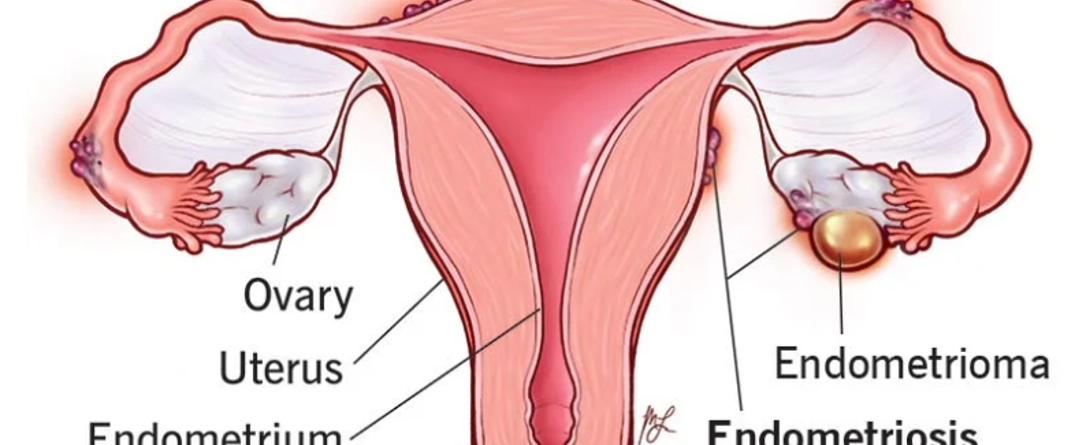
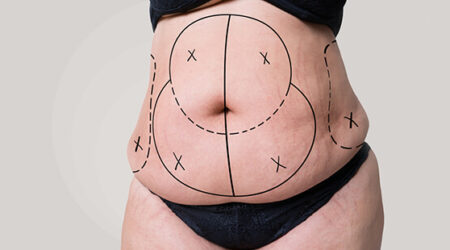
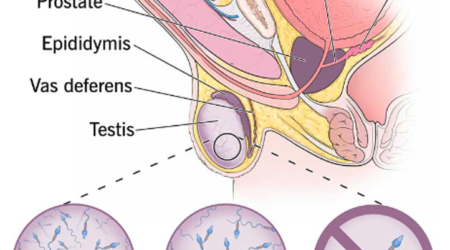
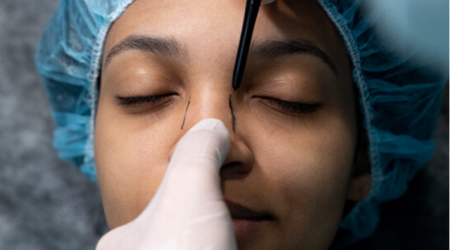
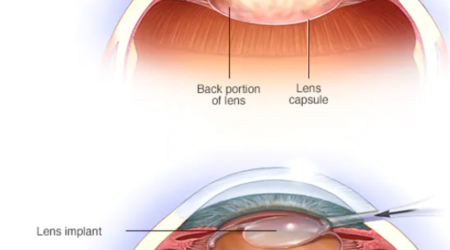






Leave a Reply